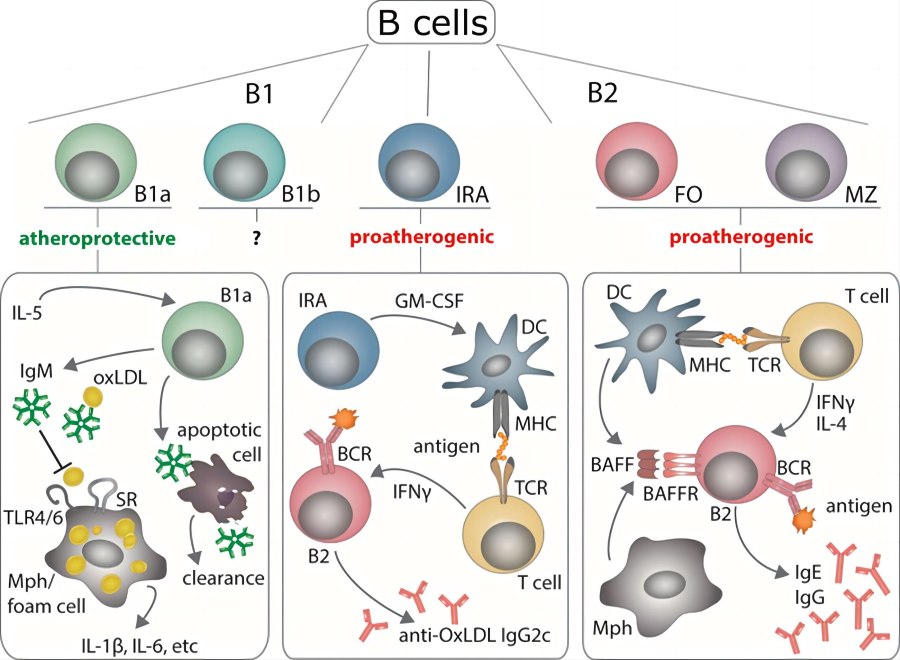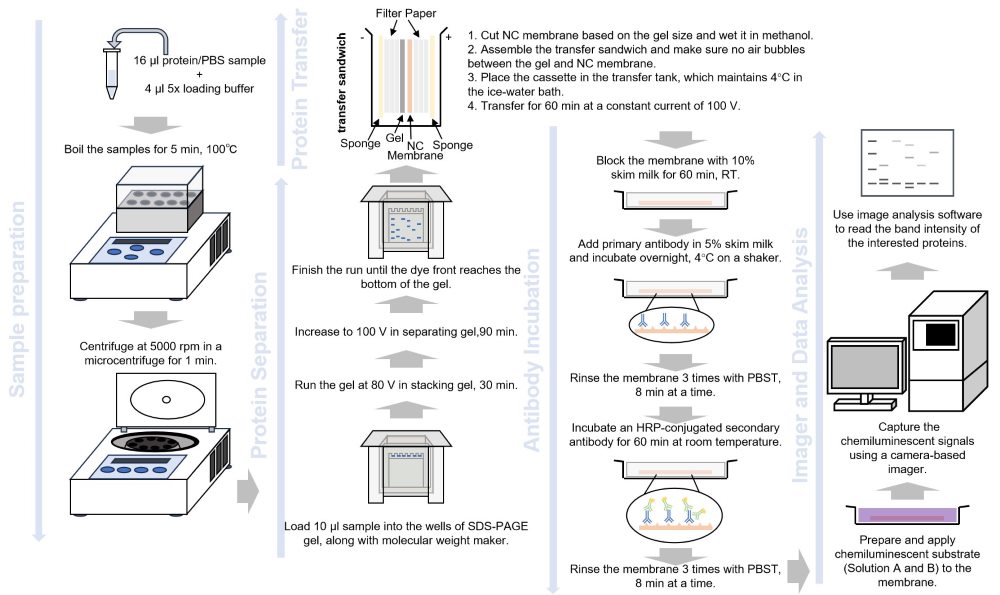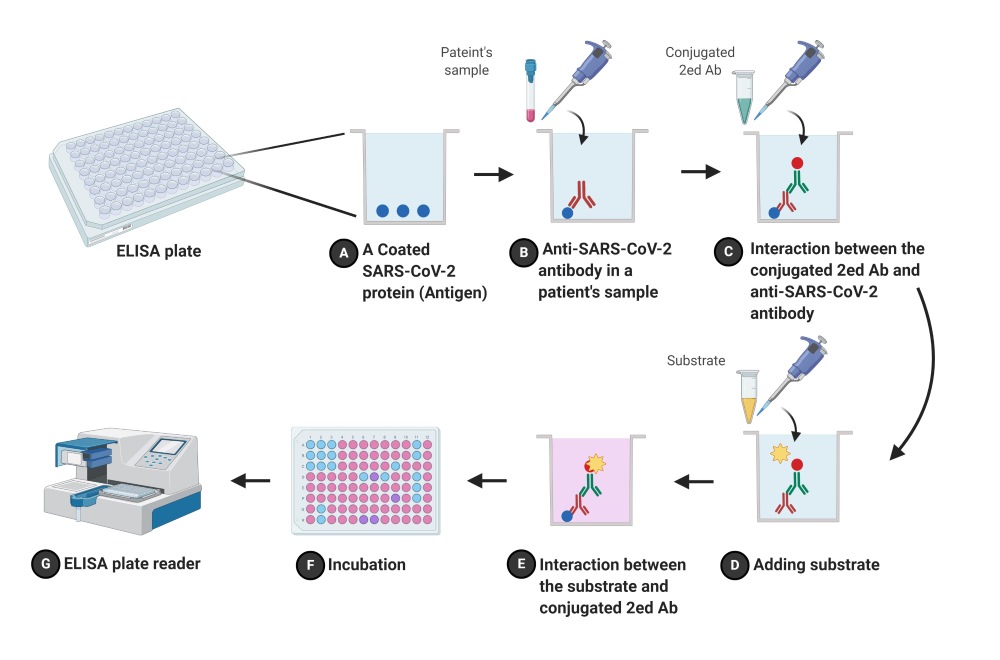NAA Detection
Natural autoantibodies (NAA) are considered as important markers in all kinds of immune-related diseases. NAA detection is shown to be a promising approach for diseases diagnosis. Creative Biolabs is glad to provide natural autoantibodies (NAA) detection and analysis services for our client all over the world. Here we have developed a mature platform for NAA services which would be helpful for your disease research.
Introduction
Physiological and Pathological Importance of NAA
Natural autoantibodies are a part of the immune system, which are produced by B-1a cells in the absence of external antigen stimulation. They have a remarkably conserved repertoire that includes a broad specificity for self-antigens. Immunoglobulin M (IgM) isotype autoantibodies are the most types of NAA that are characterized by polyreactive, low-titer, low antigen-binding affinities. The germline-encoded variable regions are shown to provide reactivity to both microbial and altered self-antigens. Besides, the IgG autoantibodies with high-affinity and high specificity can bind self-proteins and frequently cause autoimmune diseases. NAA play important roles in homeostatic “housekeeping” functions as well as in multiple disorders. NAA also contribute to clearing apoptotic cells and oxidized cellular damaged structures. In addition, evidence showed that NAA can take part in tumor surveillance by recognizing oligosaccharides expressed on tumor cells. They also involve in the pathogenesis of Alzheimer's disease, systemic inflammatory response syndrome (SIRS), ischemia, and so on. Thus, the full understandings of NAA can be as an indication in the combat of disease.
 Fig. 1 B1a cells protect from atherosclerosis by producing natural IgM antibodies.1
Fig. 1 B1a cells protect from atherosclerosis by producing natural IgM antibodies.1
Detecting Methods
NAA Detection Methods
NAA play critical roles in all kinds of autoimmune diseases. During the early diagnosis and treatment of these diseases, the detection and analysis of NAA exhibit great importance. The production of NAA are based many targets within those diseases. There are some conventional methods to detect NAA such as Western blot, Enzyme-Linked Immunosorbent Assay (ELISA), immunofluorescent staining, immunosensors, antigen arrays and so on. NAA detection methods in Creative Biolabs include but not limited to the followings:
Western Blot
Western blot is widely used in molecular biology, immunogenetics and other molecular biology disciplines to detect specific proteins in a sample of tissue homogenate or extract. A primary antibody recognizes and binds to a specific target protein, and a secondary antibody can recognize and bind to the primary antibody. The secondary antibody is visualized through various methods allowing indirect detection of the specific target protein.
 Fig. 2 The workflow of western-blot.
Fig. 2 The workflow of western-blot.
ELISA
The Enzyme-Linked Immunosorbent Assay (ELISA) is a common method used in analytical biochemistry assay. The assay uses a solid-phase enzyme immunoassay (EIA) to detect the presence of a ligand (commonly a protein) in a liquid sample using specific antibodies directed against the protein to be measured. ELISA has been used as a diagnostic tool in medicine or as a quality control check in various industries.
 Fig. 3 Illustrative Flowchart of ELISA detecting COVID-19.2
Fig. 3 Illustrative Flowchart of ELISA detecting COVID-19.2
Immunofluorescent Staining
Immunofluorescence is a technique used for light microscopy with a fluorescence microscope. This method uses the specificity of antibodies to target fluorescent dyes combined with specific biomolecule targets within a cell, and therefore allows visualization of the distribution of the target molecule through the sample.
Immunosensors
An immunosensor utilizes the very specific binding affinity of antibodies for a specific compound or antigen. The specific nature of the antibody-antigen interaction results in a physicochemical change that in combination with a tracer, such as fluorescent molecules, enzymes, or radioisotopes, and then can generate a signal.
Antigen array technologies render large-scale profiling of the specificity of antibody responses against autoantigens, tumor antigens and microbial antigens. Antibody profiling will confer insights into pathogenesis, and will enable development of novel tests for diagnosis and guiding therapy in the clinic.
Advantages
Features of Our Services
- Over a decade of working experience in antibody detection, analysis services.
- Providing conventional immunoassay with our advanced technology platforms.
- Experienced scientists are committed to providing high-quality NAA detection.
- Timely and cost-effective.

Our customer service representatives are accessible 24/7, Monday through Friday, to provide assistance.
Resource
Creative Biolabs is committed to offering NAA services to help you detect NAA associated diseases using various customized immunochemical detection methods, such as western blotting and ELISA in a timely and cost-effective manner. Our high-quality products and services will contribute greatly to the success of your projects. Please feel free to contact us for more information and a detailed quote.
References
- Tsiantoulas, Dimitrios, et al. "Targeting B cells in atherosclerosis: closing the gap from bench to bedside." Arteriosclerosis, thrombosis, and vascular biology 35.2 (2015): 296-302.
- From Wikipedia: By Davidfay20, © 2020 Dhamad and Abdal Rhida, CC BY-SA 4.0, https://commons.wikimedia.org/wiki/File:Fig._E._COV.jpg

